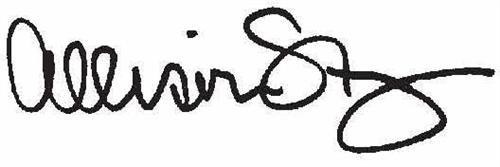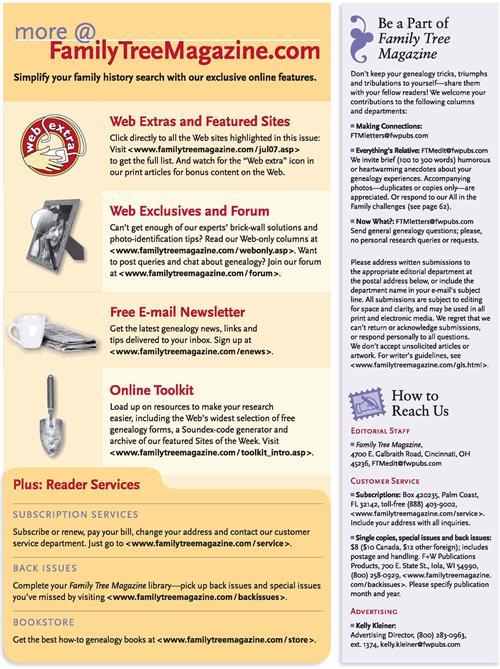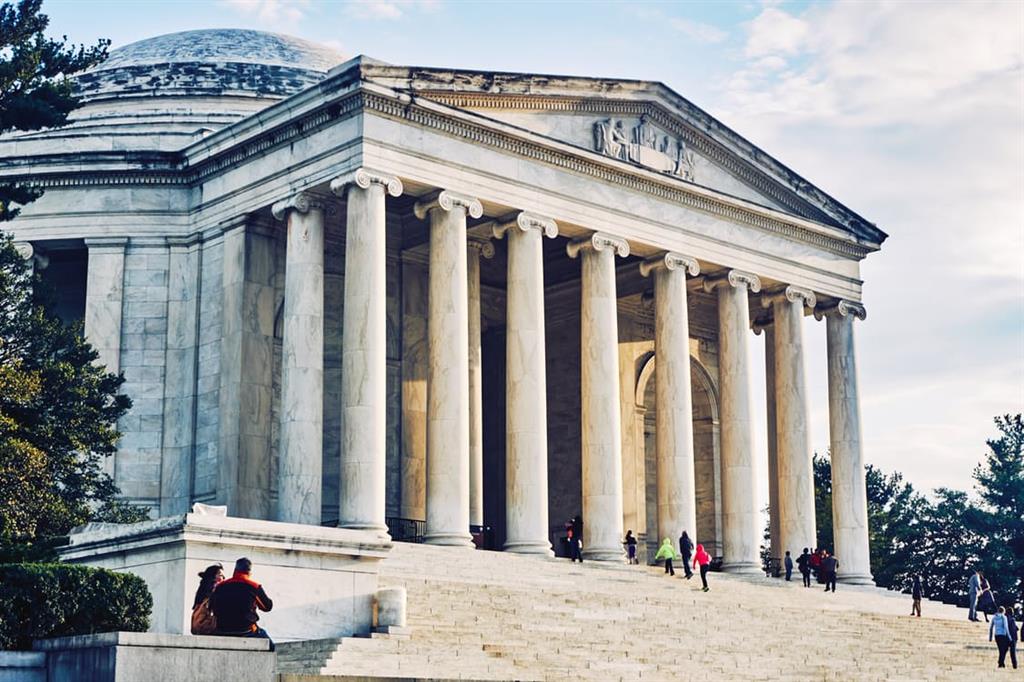Sign up for the Family Tree Newsletter! Plus, you’ll receive our 10 Essential Genealogy Research Forms PDF as a special thank you.
Get Your Free Genealogy Forms
"*" indicates required fields

By the time this magazine is in your hands, two things are likely: I’ll have ordered my first Civil War pension file from the National Archives and Records Administration (NARA) <archives.gov>. And the price of obtaining that document by mail will have tripled.
In March, NARA proposed major fee hikes on document photocopies, with Civil War pensions leading the pack. If the increase goes through, you’ll have to pay $125 for what costs $37 as I write this — hence why I plan to order my ancestor’s record right away.
Genealogists are predictably irked. Although NARA says it spent twice as much fulfilling document-copying orders as it took in last year, some researchers question the necessity and gravity of the increase, as well as the logic behind NARA’s flat-fee system (you pay the same amount whether the file contains four pages or 400).
ADVERTISEMENT
Whether it’s justified or not, I’m concerned about this price spike’s implications. As you’ll read in this issue’s cover story, Civil War pension records aren’t microfilmed. To get them, you have to order copies from NARA, hire a professional researcher to copy them, or go to Washington, DC, yourself. Mail order was the most affordable option — but will the higher cost put it out of some genealogists’ reach? And wouldn’t that undermine NARA’s mission to ensure Americans’ “continuing access” to our documentary heritage?
Ironically, it was NARA’s recent move in the opposite direction — that is, making records more accessible — that let me discover the existence of my ancestor’s record in the first place. While testing out Footnote <www.footnote.com>, the private-sector Web site NARA has partnered with to digitize and post records, I found my kin’s card in the Civil War pension index. The transcribed image information was free, and I could view the digitized original for a mere $1.99.
It’s like a tale of two NARAs: one representing the way of the future, another the (bureaucratic) past. I, for one, hope the future gets the last word.
ADVERTISEMENT


ADVERTISEMENT




